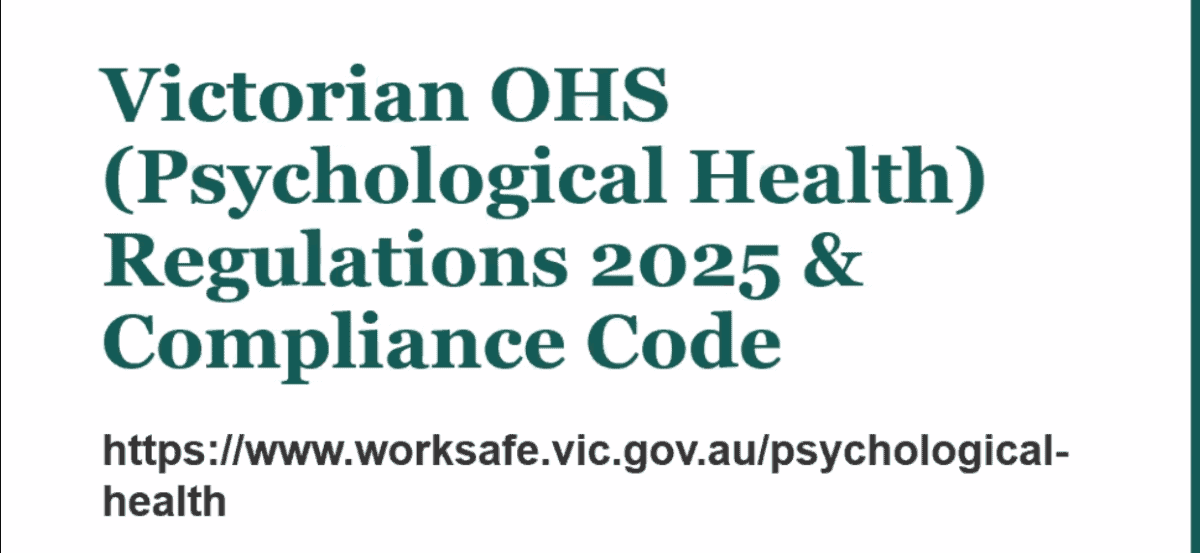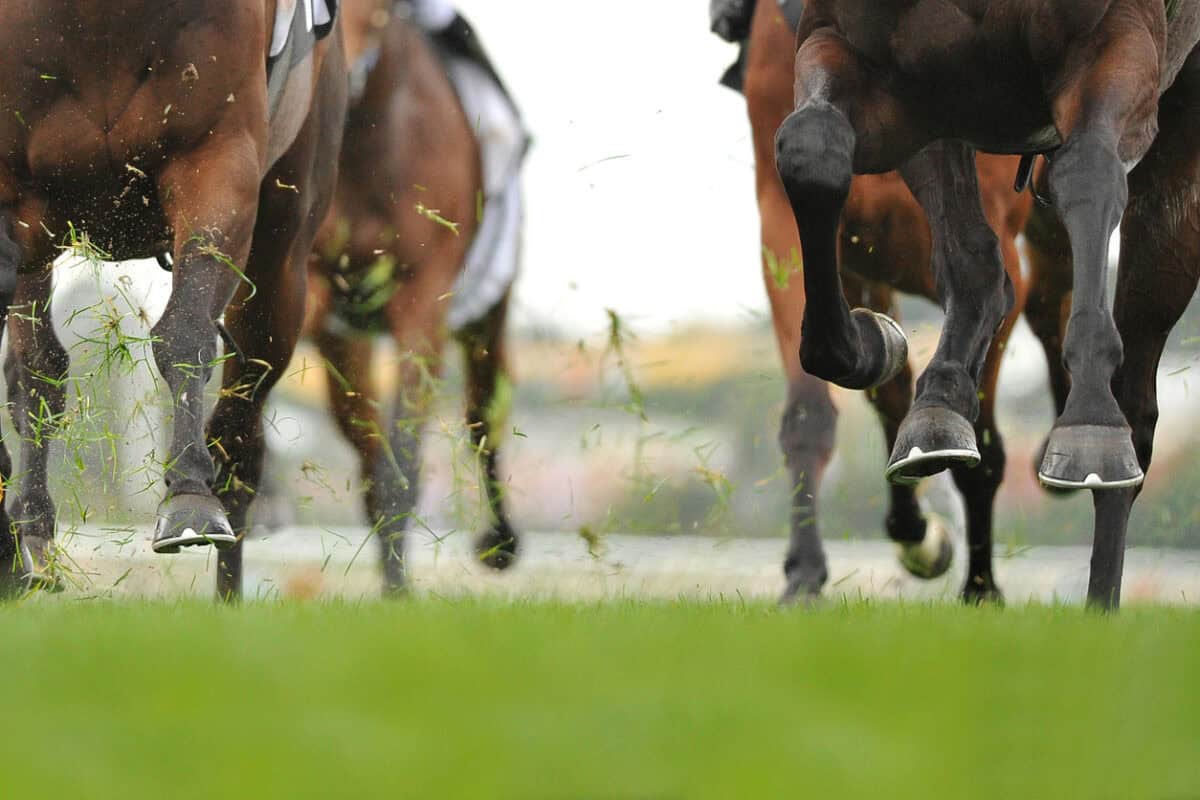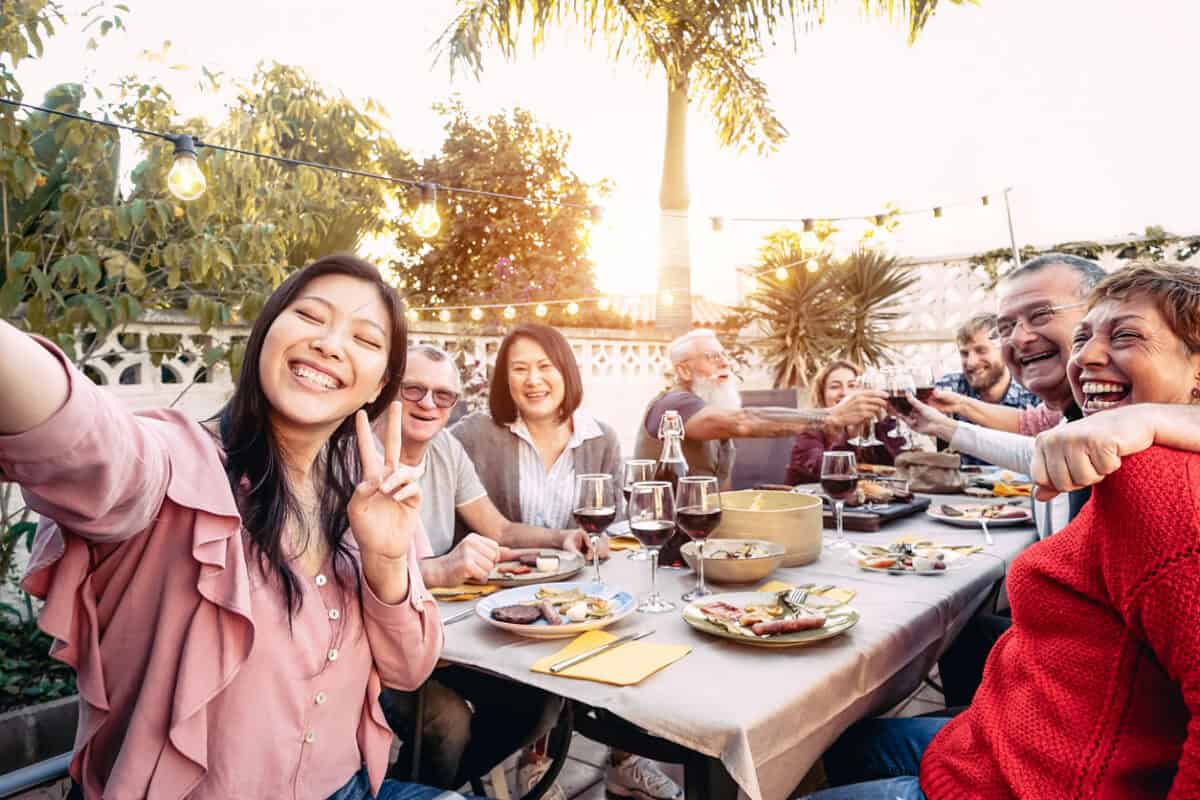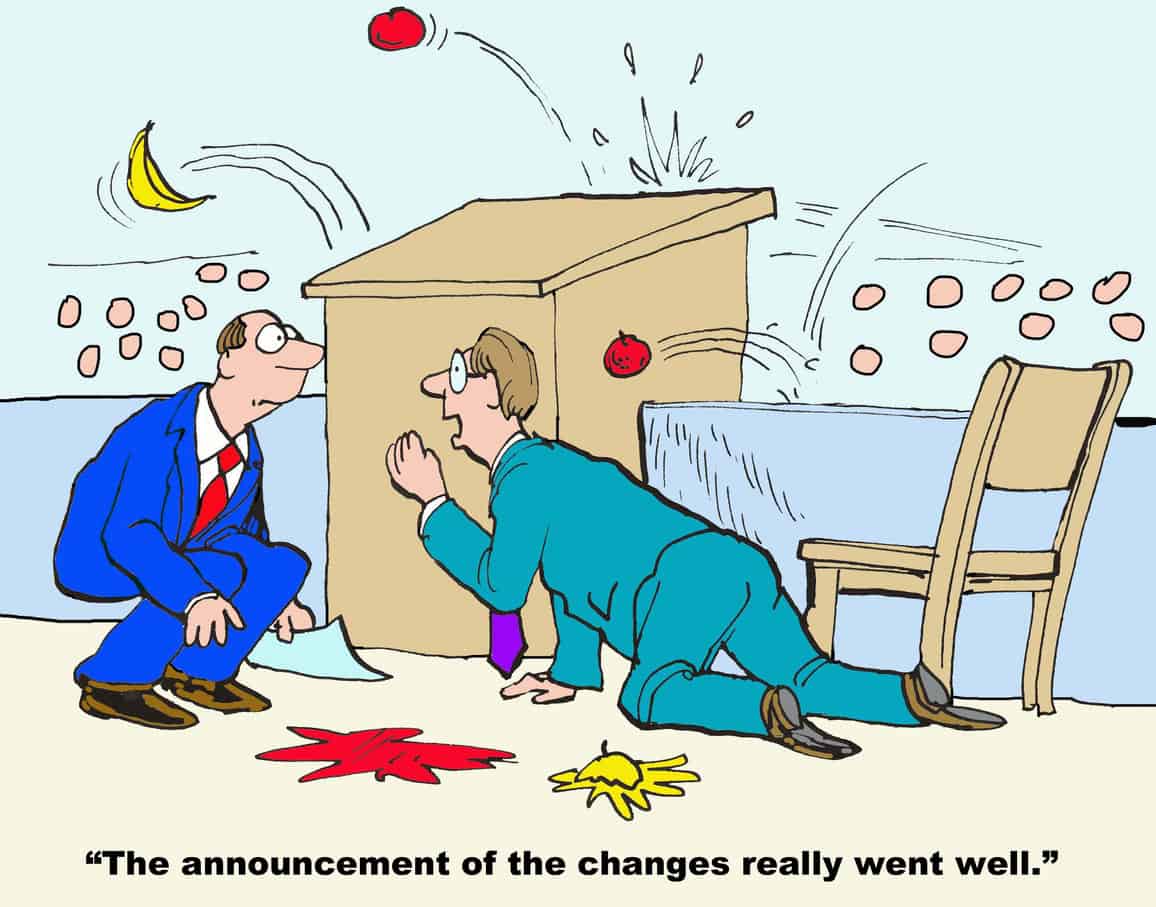Prominent occupational health and safety (OHS) lawyers Dale McQualter and Catherine Dunlop have just concluded the first of two online seminars about Victoria’s new psychological/psychosocial regulations and compliance code. Many employers will have a lot of work to do to comply, but the overall sense was one of reassurance.
Category: workplace
When Jurisdiction Blocks Safety Justice for Learner Drivers
Australia’s efforts to enhance the health and safety of its workers are hindered by the constitutional framework, which assigns responsibility for occupational health and safety (OHS) to local jurisdictions.
Recent comments by a Federal Minister on sexual harassment illustrate this dilemma, which is not restricted to OHS.
The ACT’s Evasive Response to Horse Racing Safety Questions
On September 17, 2025, Jo Clay, deputy leader of the ACT Greens, asked the Minister for Skills, Training and Industrial Relations, Michael Pettersson, about workplace deaths in the Australian Capital Territory horse racing industry, pointedly:
“What regulatory action is the government taking to try to make this industry safer?”
Three new audio summaries

Short 5- or 6-minute summaries of SafetyAtWorkBlog articles are available on Apple Podcasts and SoundCloud. The three latest episodes discuss working from home, psychosocial regulations and work-related suicide.
I have tried to stay brief, as we are all busy, and more information, quotes, links, and profiles can be found in the original blog articles.
Please let me know if you find these (clearly) home-produced summaries useful.
Are the Business Council’s Objections to Working From Home Changes Genuine?
Victoria’s consultation on its work-from-home proposals closes this weekend. The government has claimed over 18,000 submissions and interactions, but none of them are yet publicly available. The Business Council of Australia (BCA) has garnered recent media attention, pre-empting the closure of the consultation. The BCA could have a more mature discussion on the concept and practice of working from home, but perhaps it realises that the argument has already been lost.
Every Worker Deserves A Good Life
Work-related suicide is more insidious in some ways than non-work suicide, as it is institutionally stigmatised to the extent that its reality has been denied. There is an additional level of complexity when an employer is in control of the work, and a strong economic ideology often denies the influence of work factors. The tide is turning, but organisational factors are not receiving the prominence they deserve, and the change remains slow.
New Australian research is playing a crucial role in accelerating this change.
Note: This article discusses issues related to suicide.
Victoria’s Psychosocial Reforms will Test Employer Commitment to OHS
The Victorian Government plans to introduce legislation regarding psychosocial hazards, similar to that of all other Australian jurisdictions, by the end of 2025. But what workplace changes are expected when this new set of occupational health and safety regulations is enacted? Other States’ laws may provide clues.






